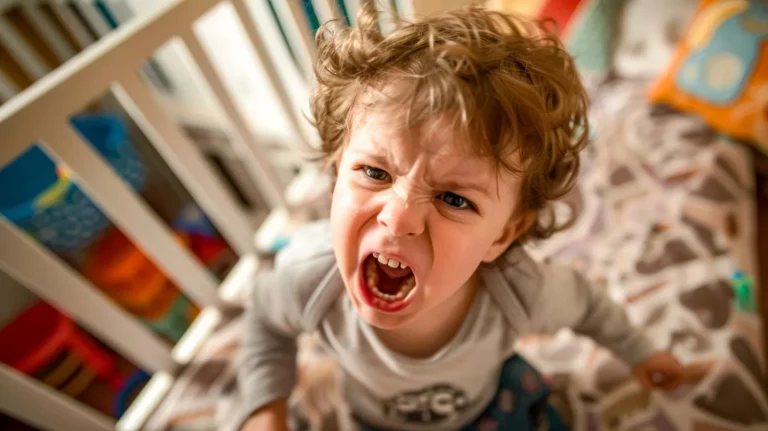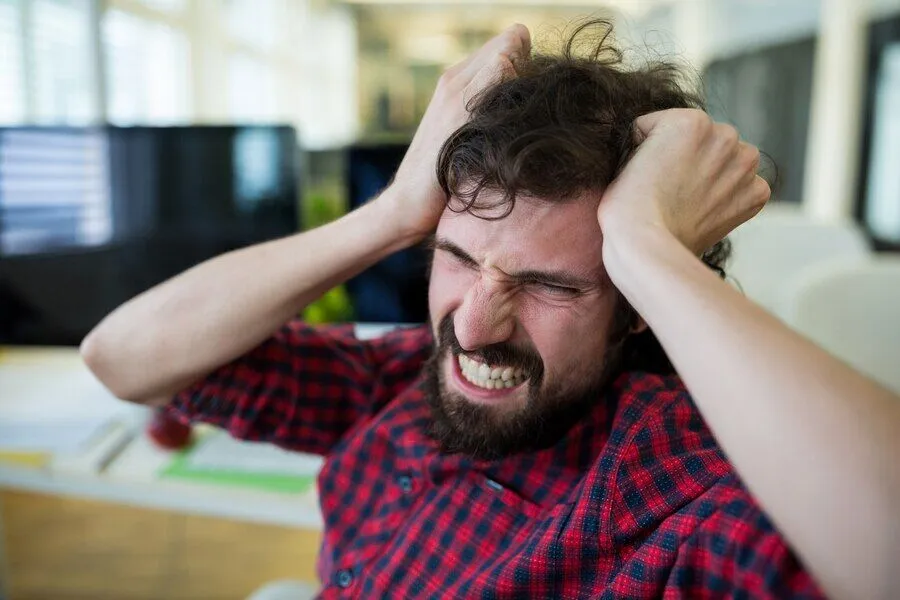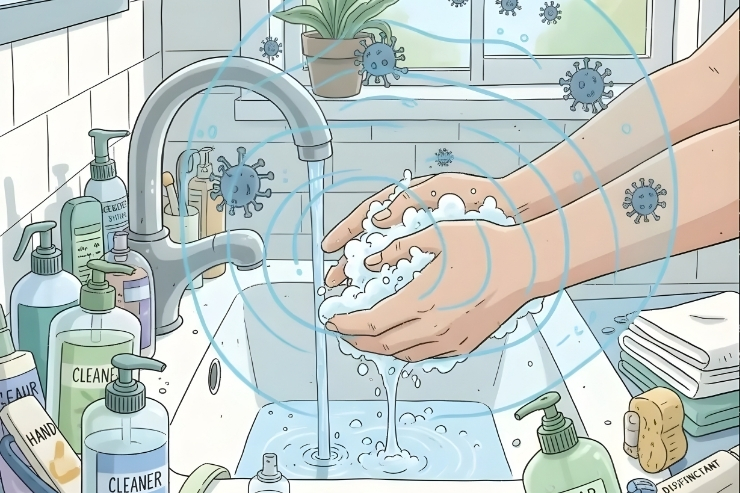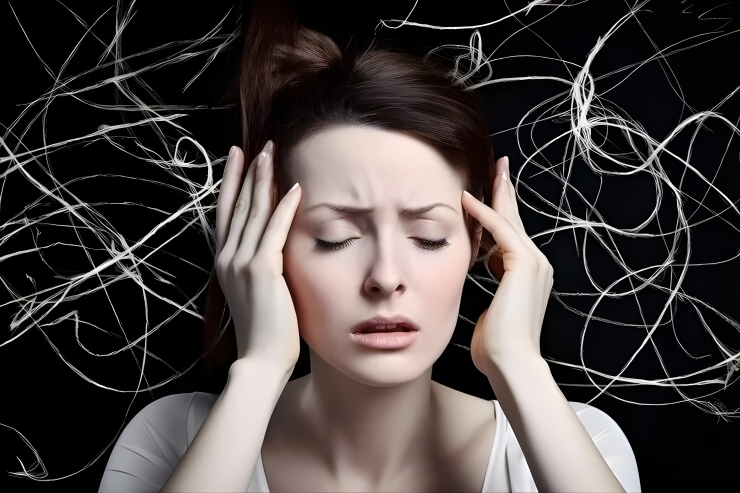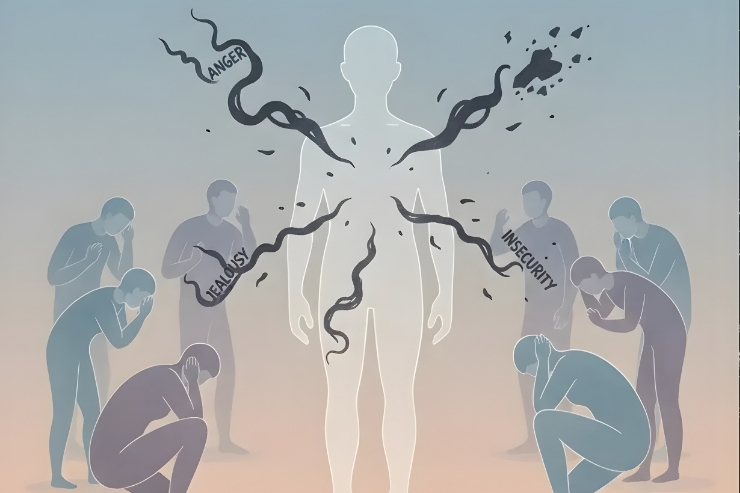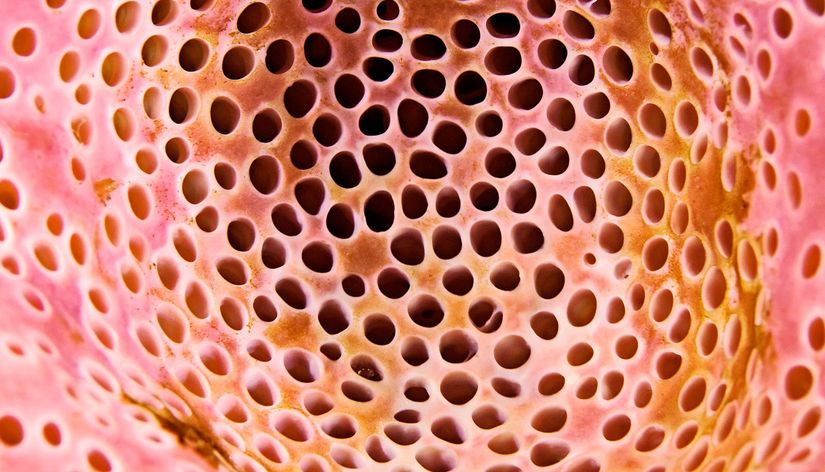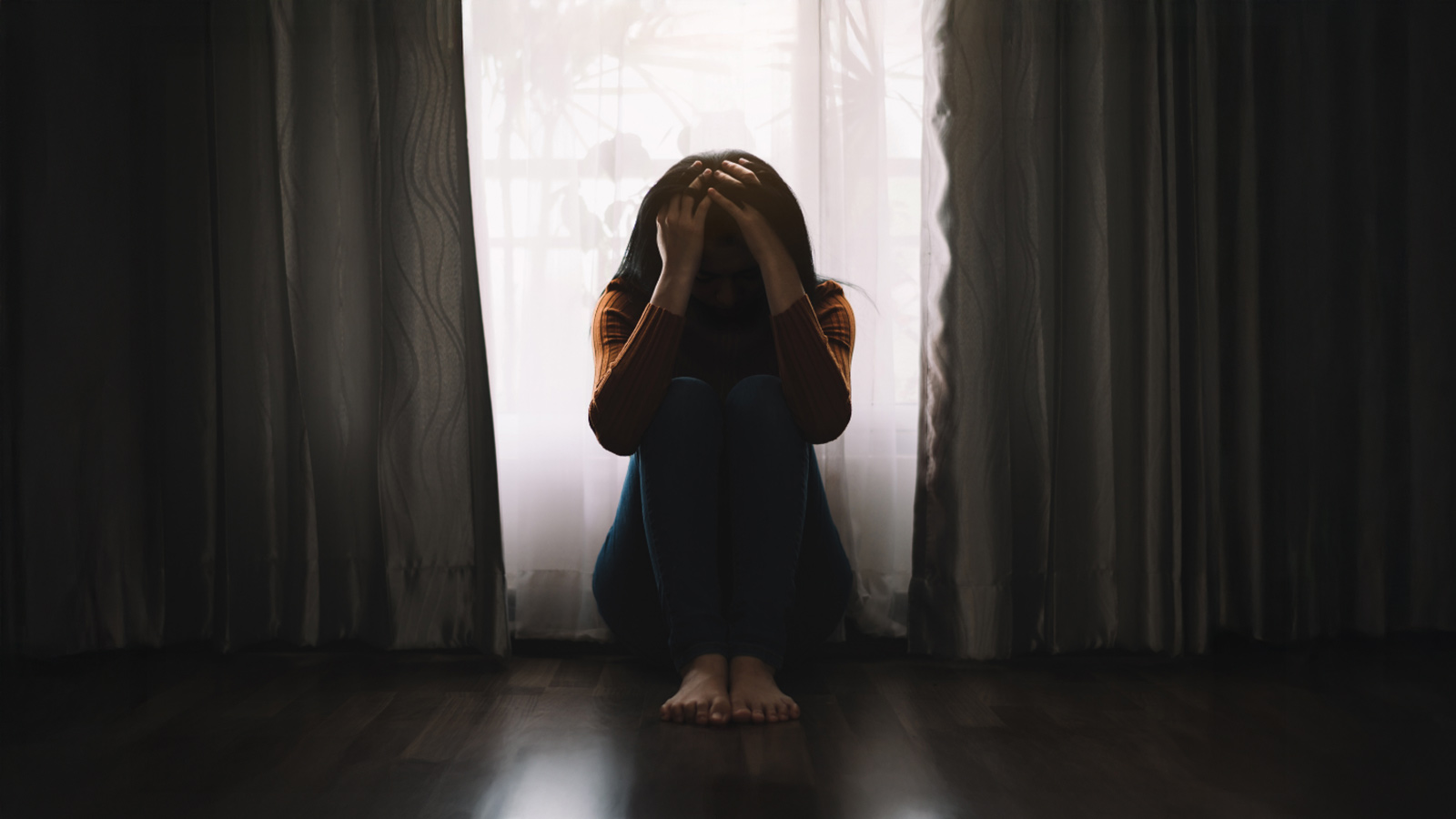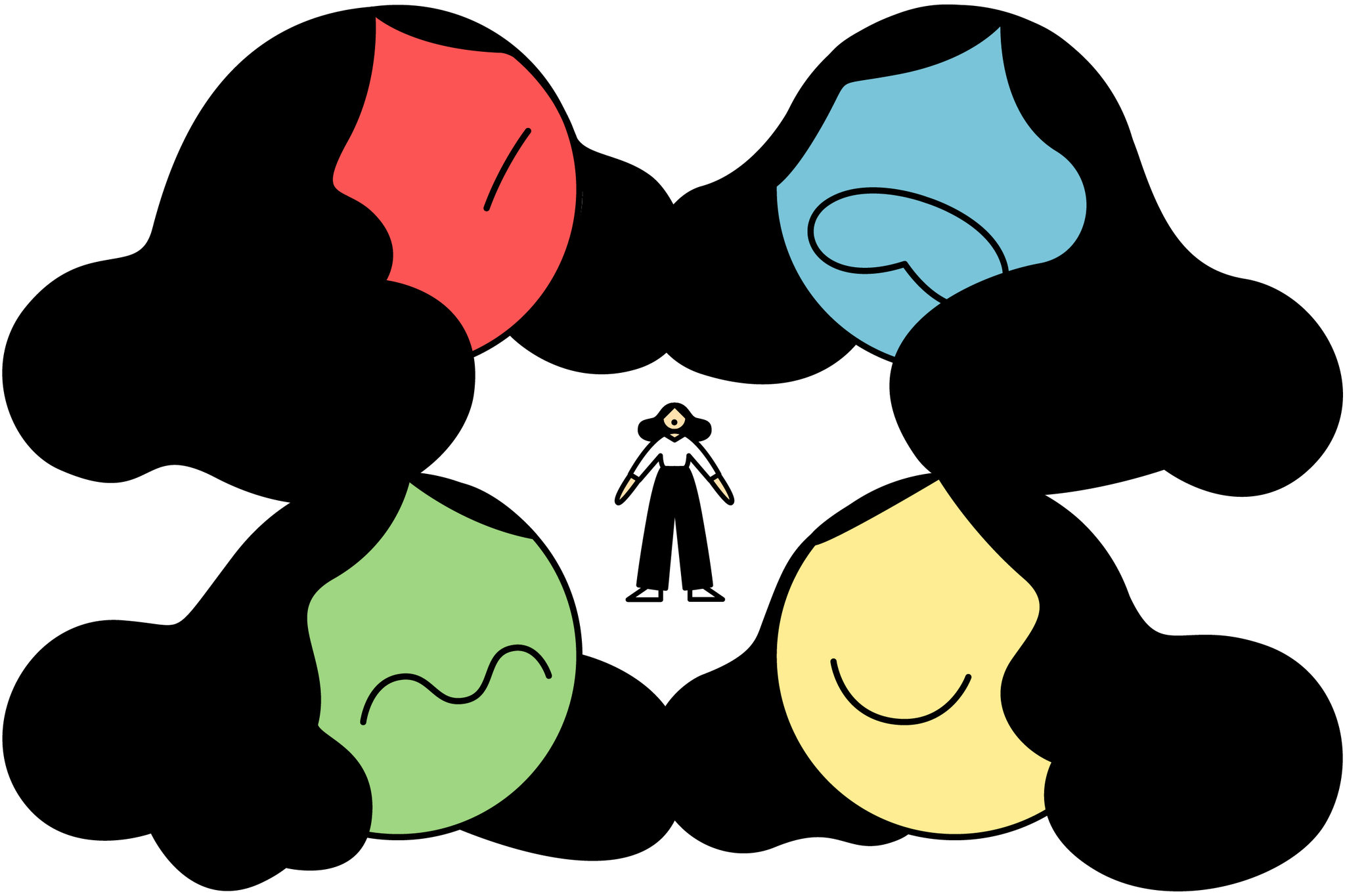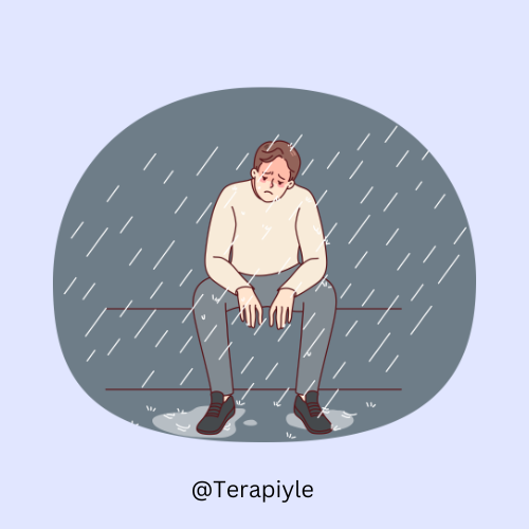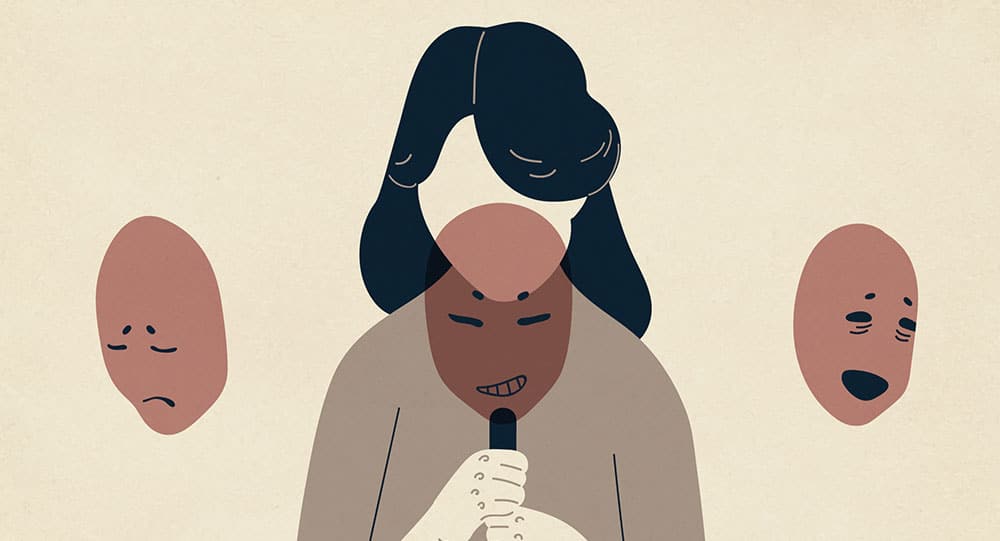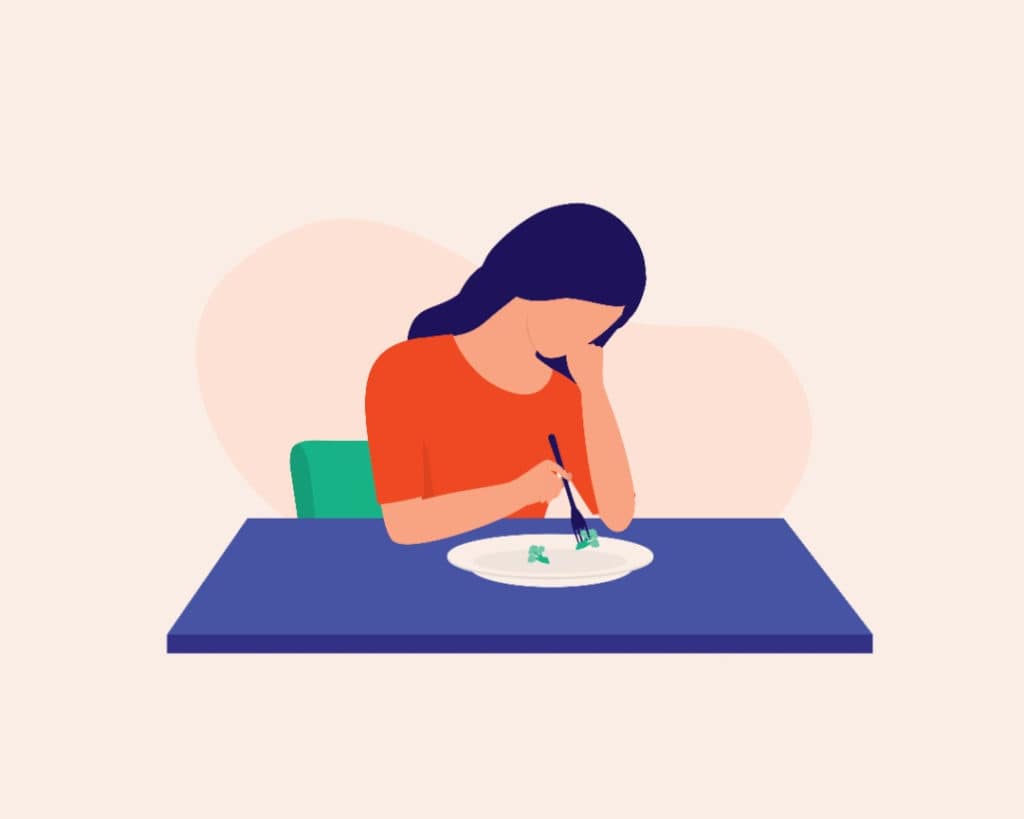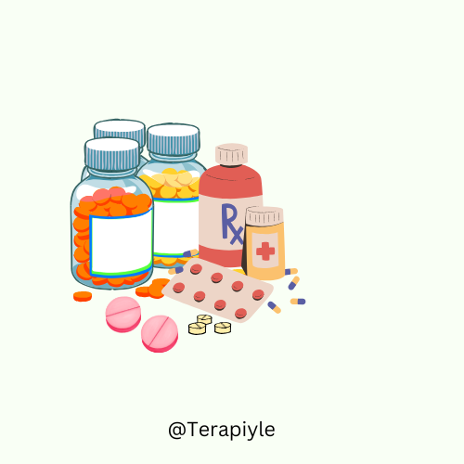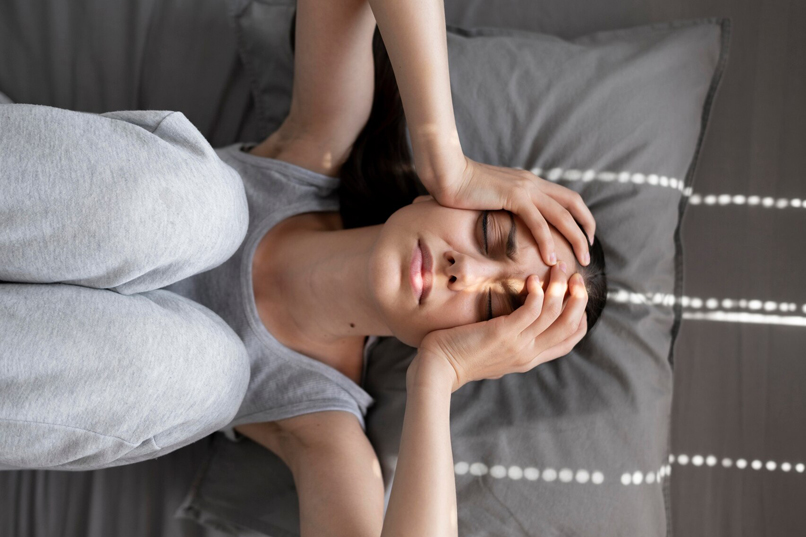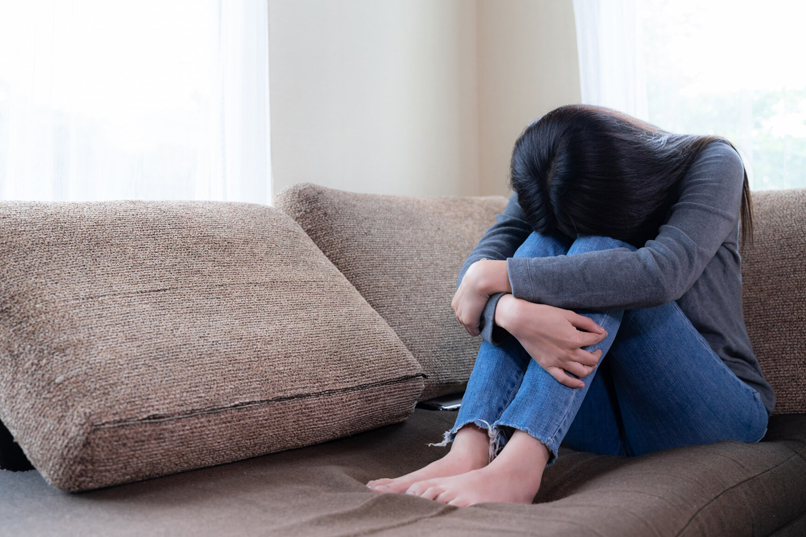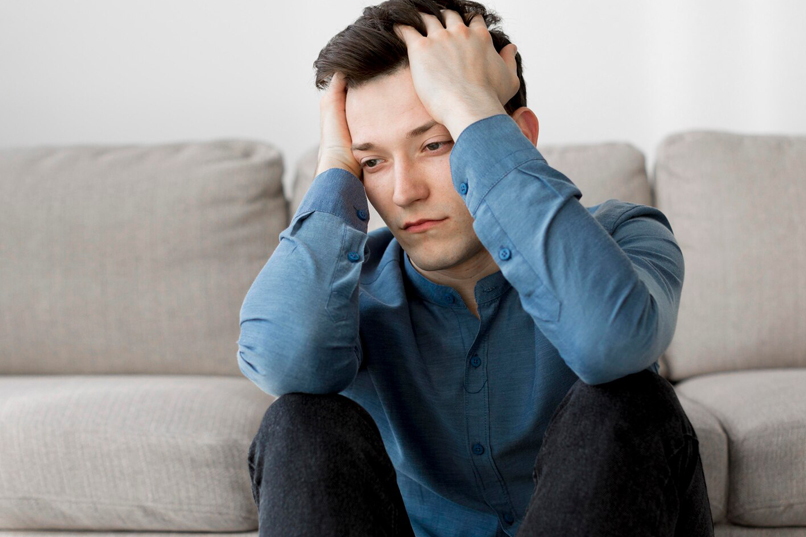Anhedonia: Definition, Symptoms, and Treatment Methods
Anhedonia refers to the inability of individuals to enjoy activities that they previously found pleasurable. This condition is often associated with depression and certain mental health disorders. Anhedonia can significantly affect a person's quality of life. So, what is anhedonia, what are its symptoms, and what are the treatment methods? Here is an informative article on these topics.
What is Anhedonia?
The word anhedonia comes from Greek. The prefix "an" means "without," while "hedone" means "pleasure." Therefore, anhedonia literally means the absence of pleasure. Anhedonia is not limited to physical pleasure; it also includes emotional and social enjoyment. This condition causes individuals to withdraw from social relationships, hobbies, or enjoyable activities.
Symptoms of Anhedonia
Symptoms of anhedonia may vary from person to person, but generally include:
- Inability to Enjoy: Loss of pleasure in activities that were previously enjoyable.
- Social Isolation: Withdrawal from friends and family and avoidance of social events.
- Emotional Low: Persistent sadness or a feeling of emptiness.
- Loss of Energy: Difficulty performing daily activities.
- Low Motivation: Feeling little motivation to achieve goals.
- Changes in Appetite: Loss of desire to eat or overeating.
- Insomnia or Excessive Sleep: Disruption of the sleep pattern.
These symptoms can significantly reduce the quality of life for people experiencing anhedonia. Since anhedonia is often a symptom of other psychiatric disorders, seeking professional help is important.
Causes of Anhedonia
Anhedonia can arise from multiple factors:
- Mental Disorders: Depression, bipolar disorder, and anxiety disorders are frequently associated with anhedonia.
- Brain Chemicals: Imbalances in neurotransmitters such as dopamine and serotonin can cause anhedonia.
- Stressful Life Events: Loss, traumatic experiences, or negative life events can lead to anhedonia.
- Physical Illnesses: Chronic illnesses or certain brain disorders may also show anhedonia symptoms.
- Medication Use: Side effects of some medications can induce anhedonia.
Treatment Methods for Anhedonia
The treatment of anhedonia may vary depending on the underlying causes. Here are some methods used in treating anhedonia:
- Psychotherapy:
- Cognitive Behavioral Therapy (CBT): A therapy type aimed at changing thoughts and behaviors.
- Psychodynamic Therapy: Helps individuals explore underlying subconscious issues.
- Medication:
- Antidepressants can alleviate symptoms of anhedonia.
- Using medications under regular doctor supervision is important.
- Lifestyle Changes:
- Regular exercise can have positive effects on mood.
- Healthy nutrition, maintaining sleep patterns, and stress management are also beneficial.
- Support Groups:
- Meeting with people facing similar issues to share experiences and gain support is important.
Conclusion
Anhedonia is a significant condition that negatively affects a person's quality of life. It is essential for individuals who struggle to enjoy life to seek professional support. Being aware of the symptoms and applying appropriate treatment methods are the first steps in coping with anhedonia. It should be remembered that every individual is different, and the treatment process should be tailored to the person.


